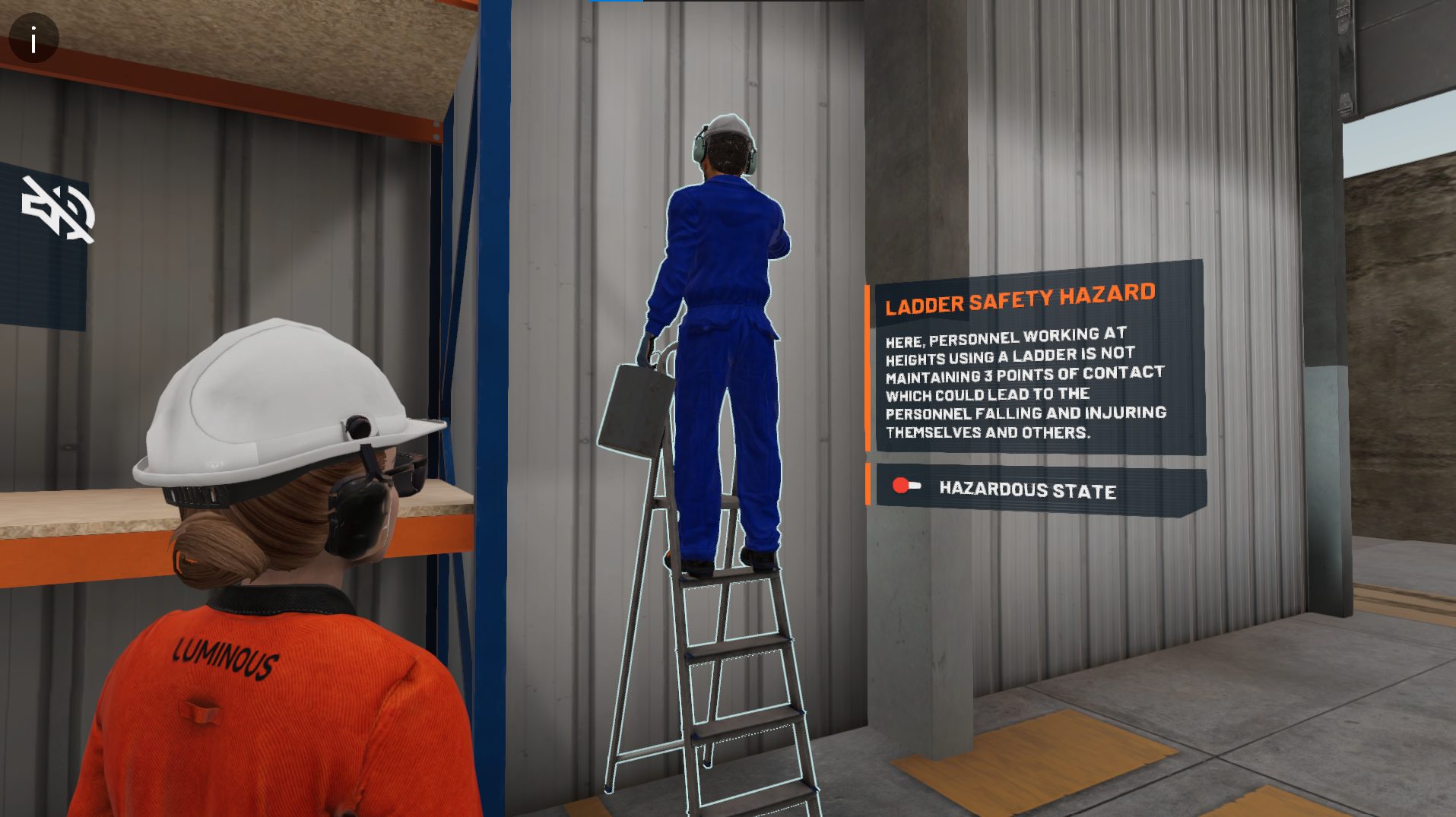
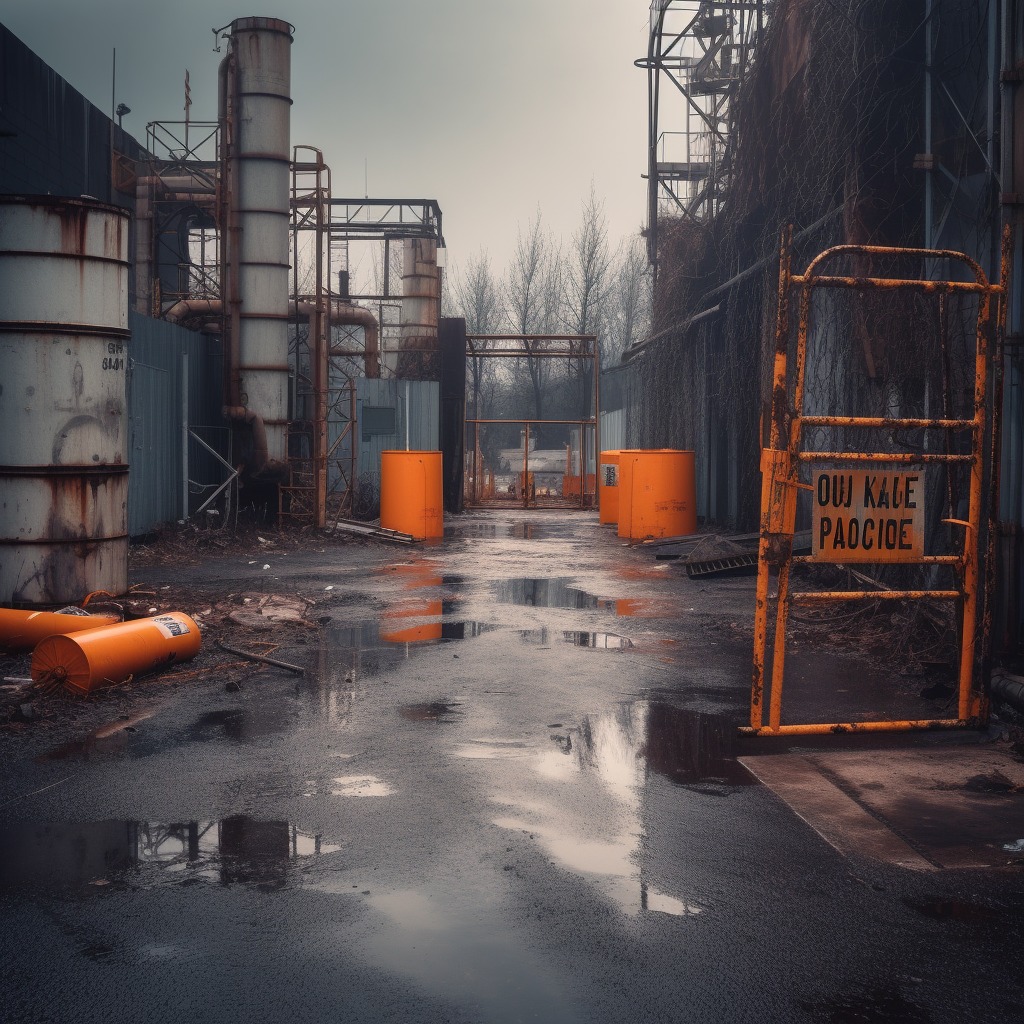
Harnessing Immersion for Effective Learning
VR safety training stands out as a powerful tool due to its ability to create a realistic and immersive environment.
By donning a VR headset, trainees can experience hazardous scenarios without exposing themselves to any real danger. The simulated environment helps trainees develop crucial situational awareness, decision-making skills, and muscle memory necessary to respond effectively in real-life situations.
The sense of presence and immersion achieved through VR makes the training experience more memorable and impactful, increasing knowledge retention and ensuring that the lessons learned translate into safer practices on the construction site.
Realistic Simulations and Scenario Replication
VR technology enables construction companies to replicate complex and hazardous scenarios in a controlled and safe environment. From working at great heights to handling heavy machinery, VR simulations can accurately recreate various scenarios that pose risks to workers.
Employees can learn how to respond to emergencies, identify potential hazards, and practice safety protocols in a risk-free setting. By exposing trainees to realistic simulations, VR safety training bridges the gap between theoretical knowledge and practical application, enhancing their ability to react swiftly and appropriately in real-life situations.
We partnered with Morgan Advanced Materials to reduce injury on circular saws through VR hand tracking.
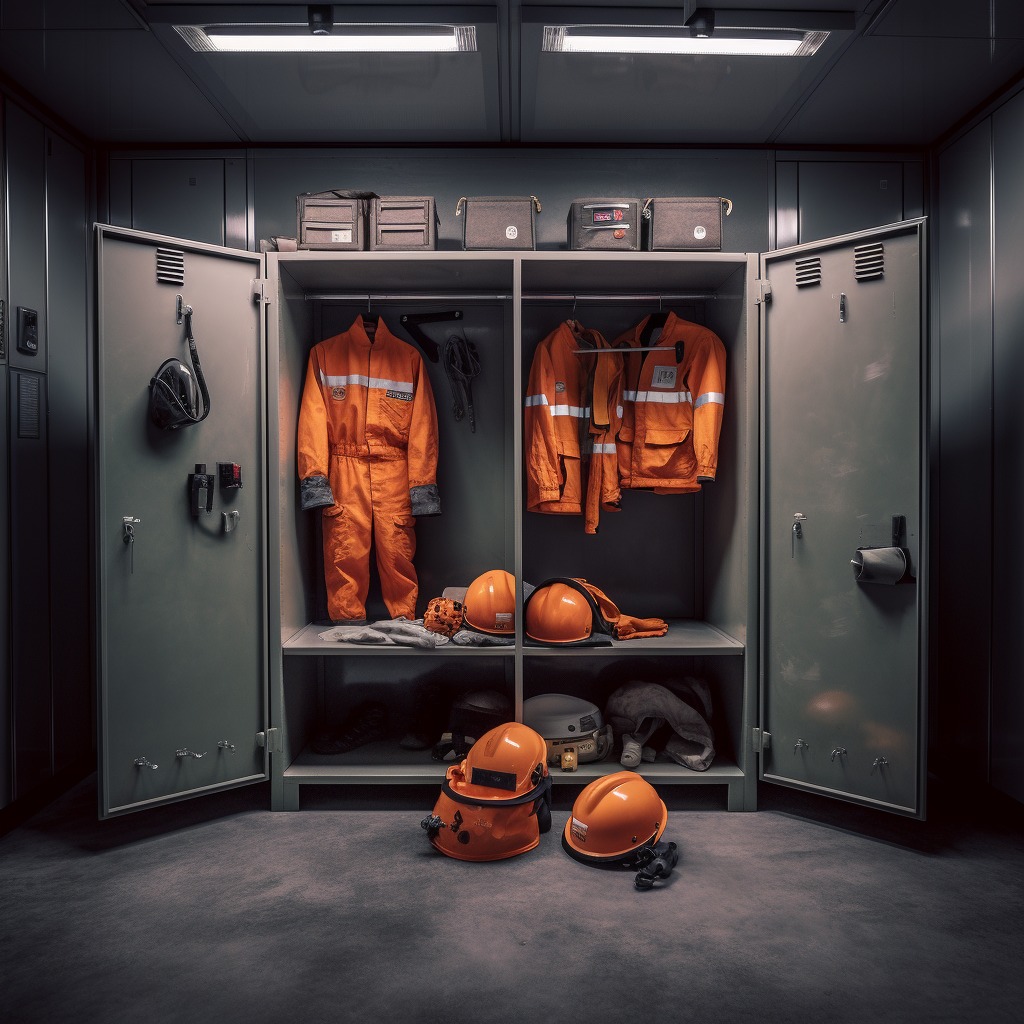
Cost-Effective and Scalable Training Solution
Traditional safety training methods often involve costly setups, such as building mock environments or renting equipment. Creating bespoke environments for VR training eliminates the need for physical setups, reducing training expenses significantly in the long run. Furthermore, VR safety training is highly scalable.
Companies can train multiple employees simultaneously, regardless of their geographical location, saving time and resources. The ability to provide consistent and standardized training across the organization ensures that every worker receives the same high-quality instruction, leading to improved safety standards and reduced accidents on construction sites.
Data-Driven Performance Analysis
VR safety training platforms should be used in tandem with an intuitive learning management system equipped with data collection and analysis capabilities. Trainee performance can be tracked and measured, allowing companies to identify areas for improvement and provide targeted feedback.
By analysing trainee behaviour and responses, organizations gain insights into their workers’ strengths and weaknesses, allowing for tailored training programs. This data-driven approach enhances the overall effectiveness of safety training, ensuring that specific training needs are addressed, and safety protocols are reinforced where necessary.
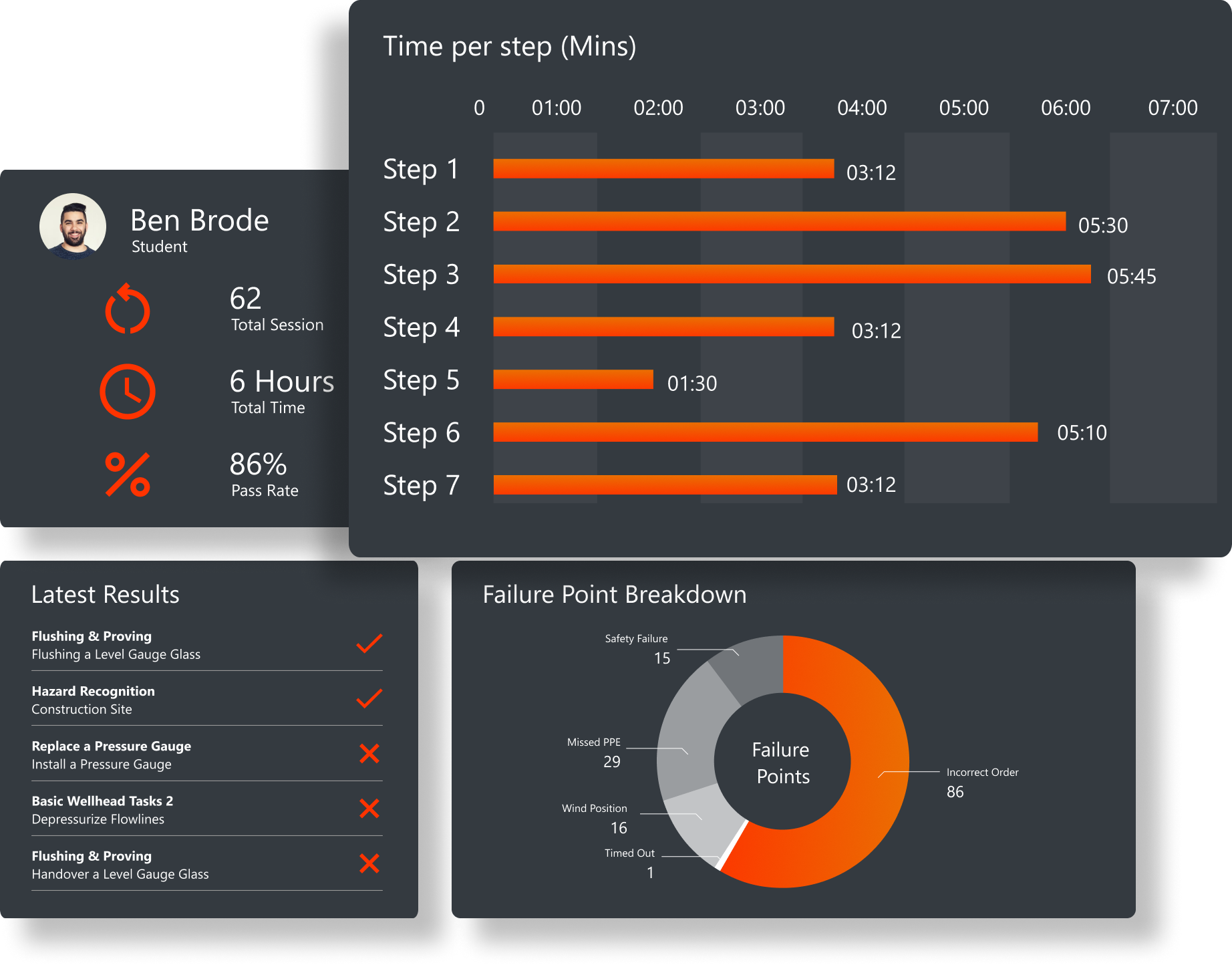
The Luminous Platform
The Luminous team have a wealth of experience building an end-to-end enterprise platform that makes it easy for companies to create, manage and then deliver VR safety training content at scale.
By working with subject matter specialists (SMEs) or by taking existing operating procedures and training material we can build very realistic interactive safety training content.
The Luminous platform is built on 4 key pillars that reinforce learning; these are:
- Orientation: Orientation takes a new user through the controls and commands required to navigate VR and carry out the safety training task.
- Assisted Learning: Assisted learning works like one-on-one mentoring, where the student is shown the correctly procedure via visual cues, audio narrative and descriptive guides.
- Practice Mode: In practice mode all guidance is turned off and the student must recall the knowledge from assisted learning and apply it. The student is informed of any incorrect procedures carried out and sent back a step to retry. This process is proven to build up muscle memory and knowledge retention.
- Assessment: Once the student is confident with the process, they are put through an automated virtual assessment with all progress tracked and reported on.
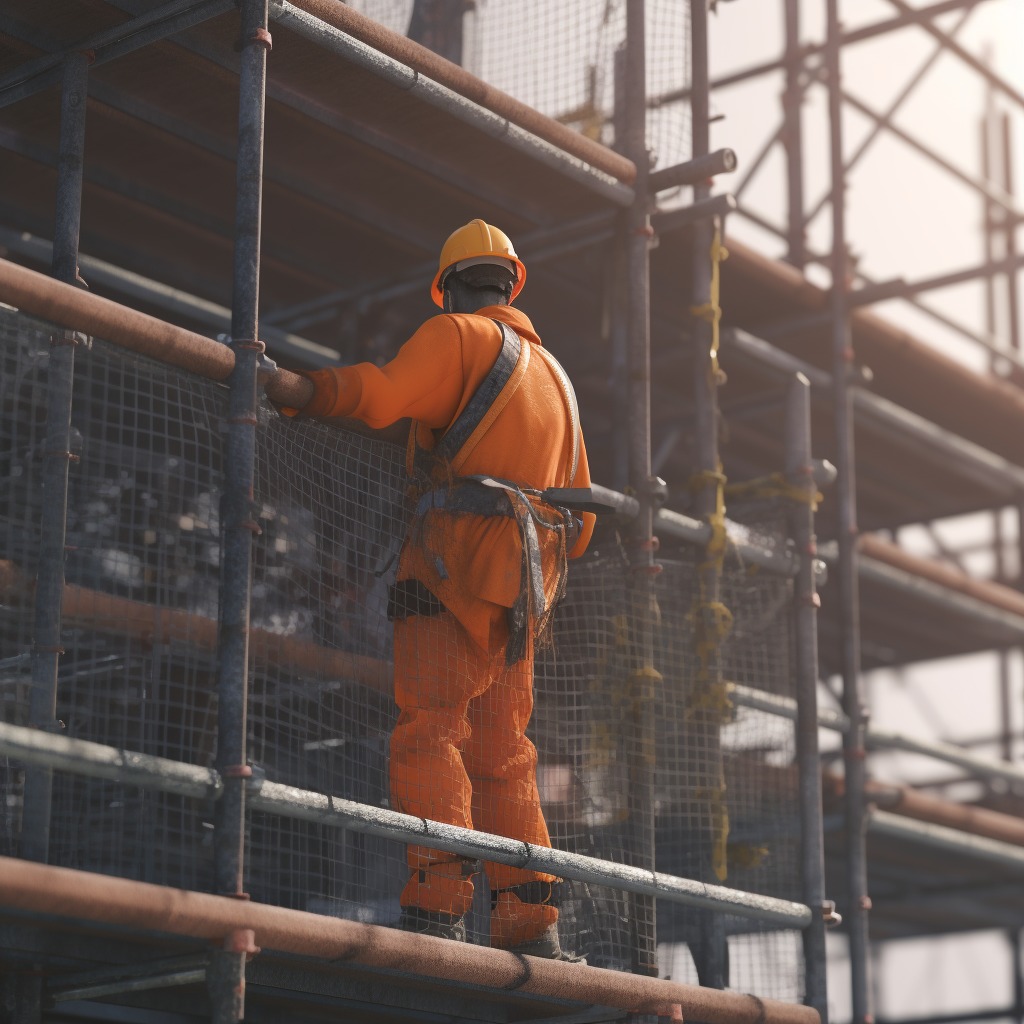
Health & safety (HSE) training in construction
Virtual reality has transformed safety training in the construction industry. By providing an immersive and realistic learning experience, VR enables workers to develop vital skills, improve hazard awareness, and respond effectively to emergencies. As construction companies prioritize employee safety, adopting VR training programs becomes an essential step towards creating a safer working environment for all.
To help companies get started using VR Luminous have created a range of off the shelf VR Safety training content covering topics such as hazard recognition in a construction site, workshop or industrial plant as well as modules on PPE training, confined space training, working at heights and lock out tag out procedures.